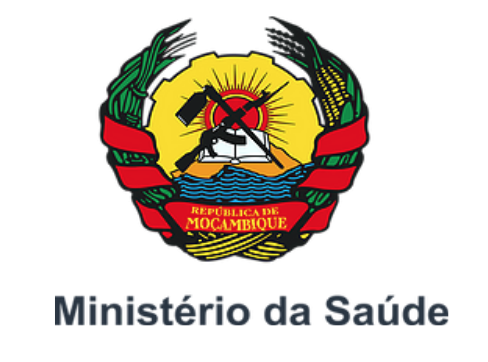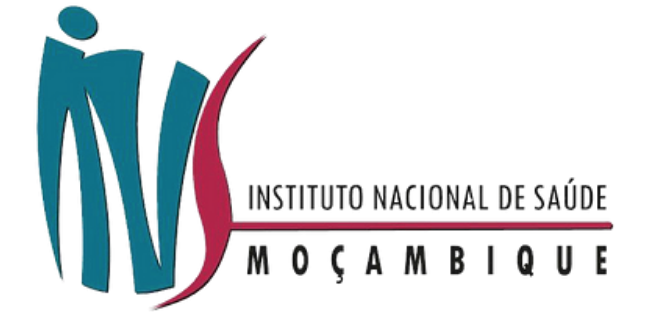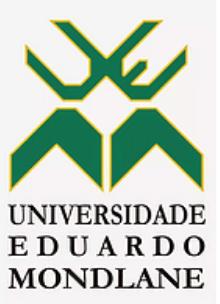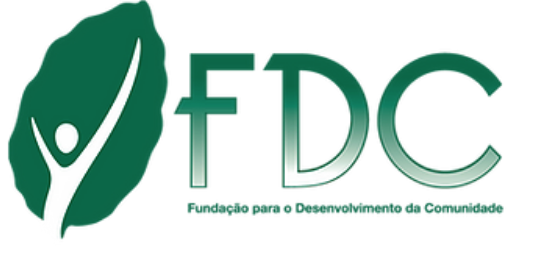We celebrate

of the Creation of the Manhiça Health Research
Center (CISM), in Mozambique
10 Keys
To Understanding the Impact of CISM in Mozambique and Beyond
10 Keys
To Understanding the Impact of CISM in Mozambique and Beyond
Texts and infographics: ISGlobal and CISM communication departments, in collaboration with Quique Bassat and Denise Naniche.
It has been 25 years since the creation of the Manhiça Health Research Centre (CISM), a project that is deeply emblematic of the historical relationship of cooperation between Spain and Mozambique.
From the outset, the purpose of CISM has been to investigate the causes of disease and mortality in Mozambique, with the aim of producing scientific evidence that can lay the groundwork for public health policies.
Let’s explore 10 keys to understanding CISM’s impact in Mozambique and beyond.
01
Quality Data as a Health Tool
Since its inception, CISM has been committed to reliable, quality data. The centre established a functional system of geographic, demographic and morbidity surveillance platforms, which come together to produce world-class research.
At the outset, a study area was defined and mapped (geographic platform), a population census was conducted, and a system for recording all migrations, births and deaths was implemented (demographic platform). In addition, illnesses in all children under age 15 who visited Manhiça District Hospital were also documented (morbidity platform). Over the past two and a half decades, the study area has expanded to cover the entire district of Manhiça (2,380 km²) and parts of the district of Mopeia, with a study population of more than 209,000 inhabitants.
These elements—defined geographical area, demographic census and morbidity surveillance—are the three essential pillars underpinning all of CISM’s research work.
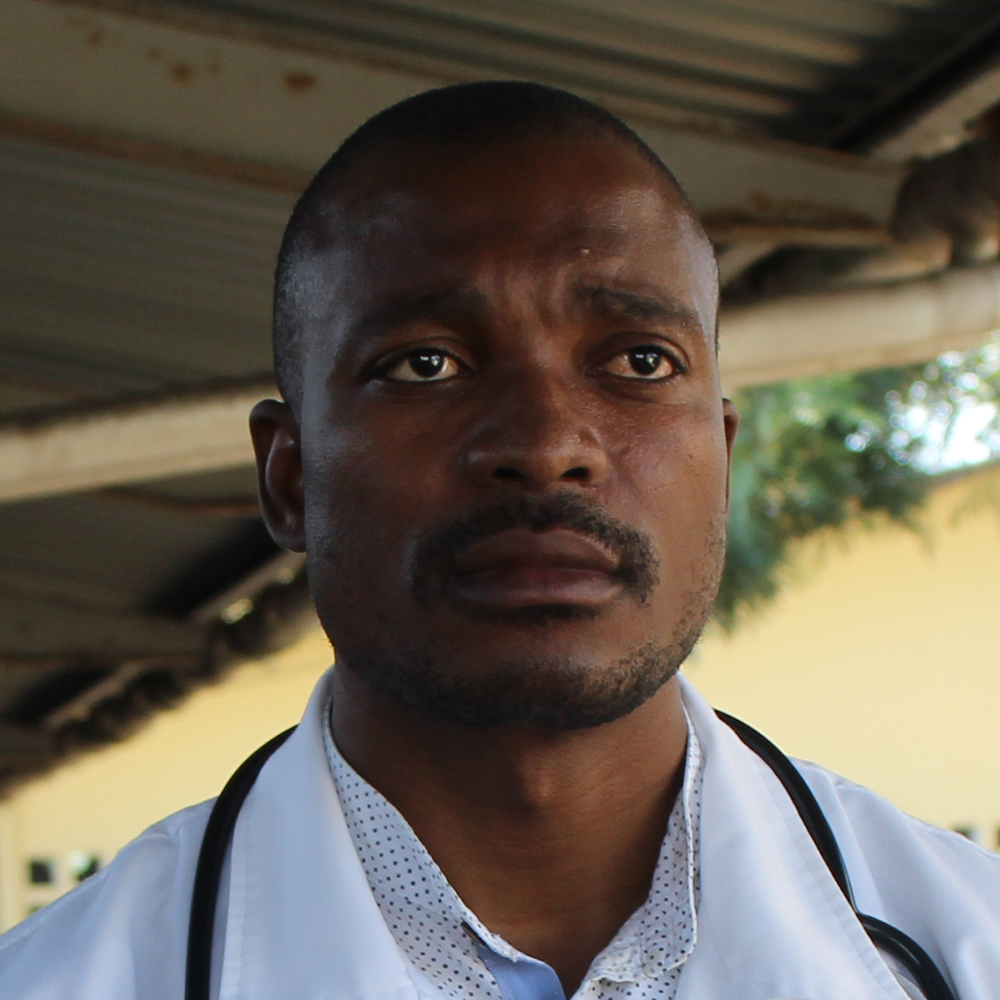 “The platforms are the most important research tools we have. They allow us to measure demographic trends in the population, accurately map the distribution of diseases and identify more effective treatments that end up benefiting not only the local population, but the entire country and the world.”
“The platforms are the most important research tools we have. They allow us to measure demographic trends in the population, accurately map the distribution of diseases and identify more effective treatments that end up benefiting not only the local population, but the entire country and the world.”
António Sitóe, head of the Clinical Area at CISM
02
Towards Malaria Elimination
Infographic 2: CISM has contributed, through biomedical research and clinical care, to a decrease in malaria prevalence among children in Maputo province (Mozambique).
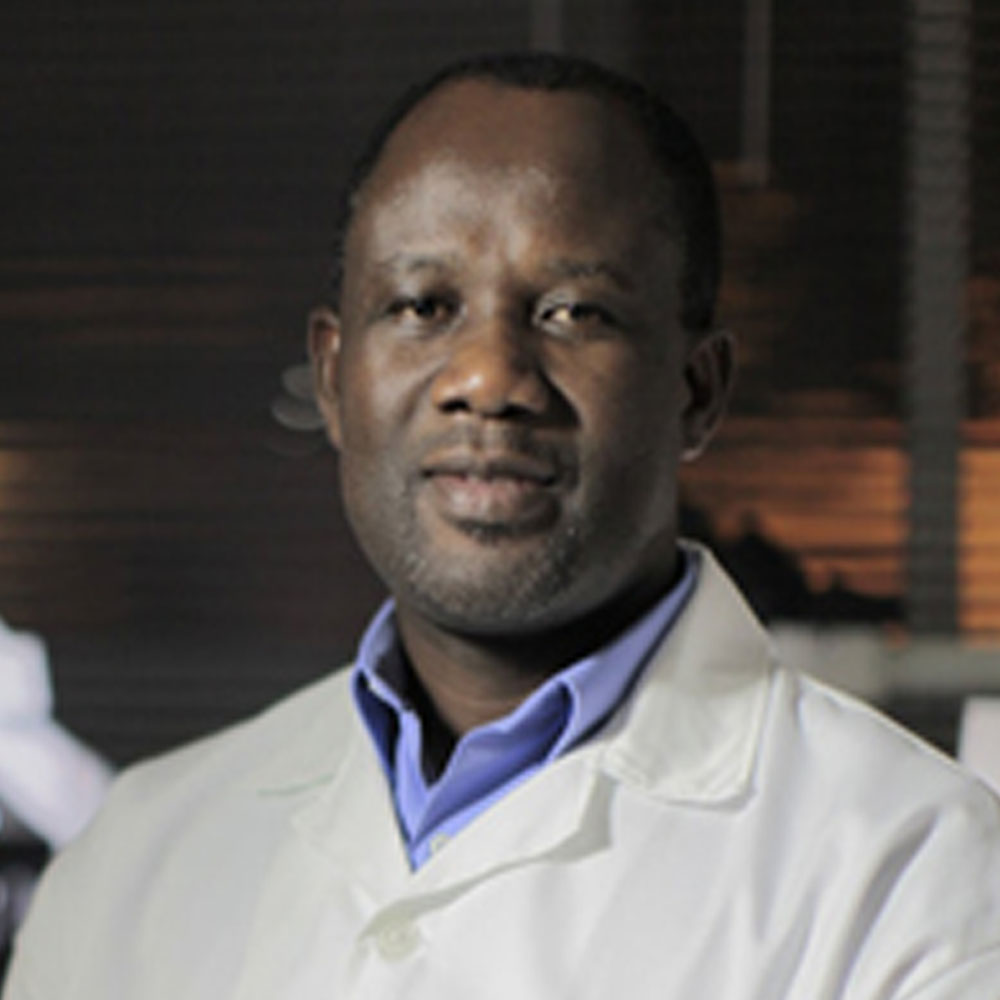 “As a researcher of a certain generation, you don’t always have the opportunity to influence public policy as part of your job. I have had the privilege, as a researcher and director of the CISM for more than 10 years, to participate in studies in the malaria field, for example on the efficacy of sulfadoxine-pyrimethamine (SP) as Intermittent Preventive Treatment in children, or various drugs derived from artemisinin with amodiaquine (AQ). The results of these studies were used by the Mozambican Ministry of Health in 2002 as the basis for changing the first line of malaria treatment from chloroquine to the SP-AQ combination (Official Gazette of the Republic of Mozambique of December 25, 2002).“
“As a researcher of a certain generation, you don’t always have the opportunity to influence public policy as part of your job. I have had the privilege, as a researcher and director of the CISM for more than 10 years, to participate in studies in the malaria field, for example on the efficacy of sulfadoxine-pyrimethamine (SP) as Intermittent Preventive Treatment in children, or various drugs derived from artemisinin with amodiaquine (AQ). The results of these studies were used by the Mozambican Ministry of Health in 2002 as the basis for changing the first line of malaria treatment from chloroquine to the SP-AQ combination (Official Gazette of the Republic of Mozambique of December 25, 2002).“
Eusébio Macete, director of CISM from 2008 to 2021
Historically, Mozambique has been one of the countries with the highest malaria burden. Despite great progress over the past 25 years, malaria remains a serious public health problem in the country.
Since its creation in 1996, CISM has made malaria its main line of research. The centre’s most important contributions at the global level include the development and evaluation of strategies for the prevention and treatment of malaria in pregnant women, which were later adopted as World Health Organisation (WHO) recommendations. CISM is currently working to increase the coverage of these strategies in four African countries, including Mozambique, as a part of the TIPTOP project.
At the local level, CISM has had a direct impact in Maputo province—specifically, in the districts of Manhiça and Magude—through malaria control and elimination programmes in southern Mozambique. One clear example is the Magude project, carried out in southern Mozambique through the Mozambican Alliance Towards Elimination of Malaria (MALTEM), which aimed to demonstrate that it was possible to eliminate malaria in rural and endemic areas of sub-Saharan Africa. Although it did not succeed in completely interrupting the spread of the disease, the project succeeded in reducing the prevalence of malaria in the district by 85% and preventing approximately 39,000 cases.
In Maputo province, the prevalence of malaria in children has fallen dramatically since the year 2000. This decrease is most likely due to various factors associated with socio-economic changes in the country and malaria control measures implemented by the Mozambican Ministry of Health, but there is no doubt that CISM contributed to this outcome through biomedical research and clinical care.
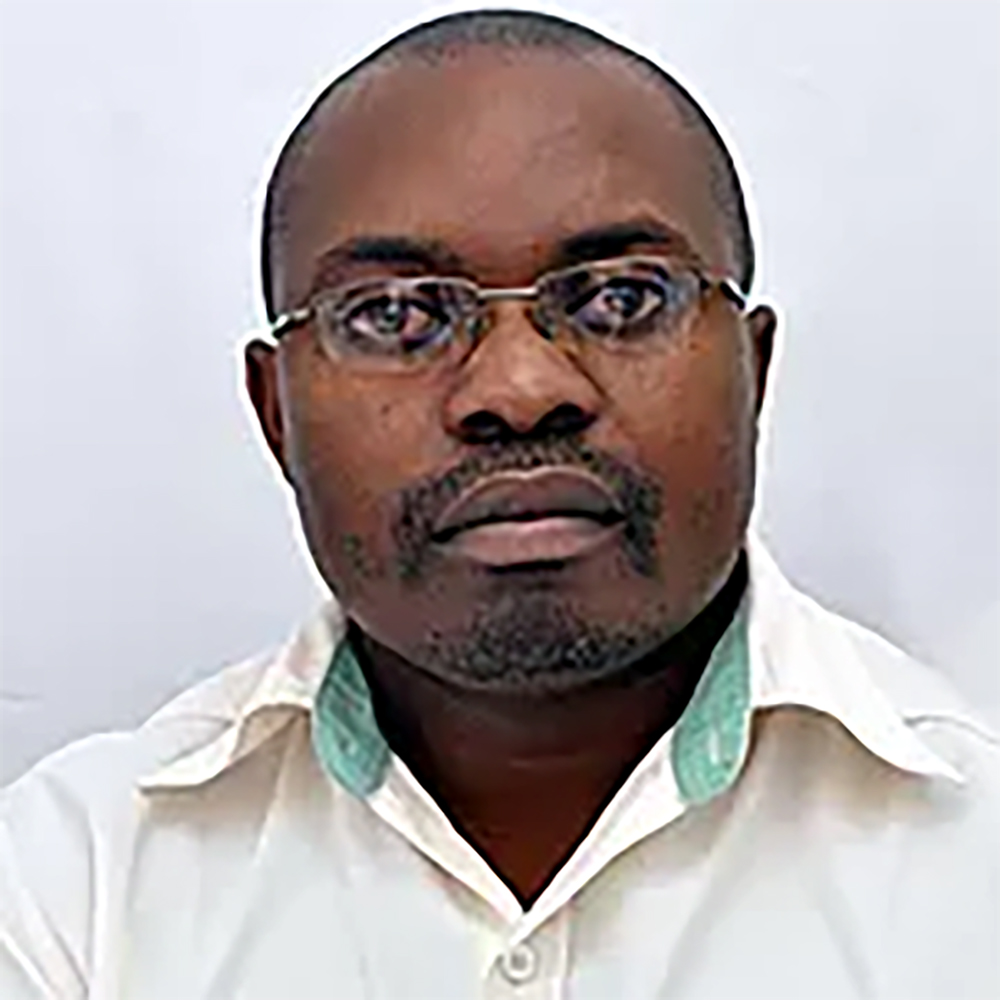 “It is encouraging for researchers to see that their long-term research activities have not been in vain and that the knowledge generated has allowed for the widespread implementation of a particular tool to save the lives of the most vulnerable.”
“It is encouraging for researchers to see that their long-term research activities have not been in vain and that the knowledge generated has allowed for the widespread implementation of a particular tool to save the lives of the most vulnerable.”
Pedro Aide, coordinator of the Malaria Area
03
Life-Saving Vaccines
CISM produced the necessary evidence for the inclusion of meningitis, pneumonia and diarrhoea vaccines in Mozambique’s Expanded Programme on Immunisation. The introduction of these vaccines has had a clear impact.
The centre also participated in clinical trials of the first malaria vaccine, RTS,S, which constituted a historic scientific breakthrough: the first vaccine against a parasite.
In 2009, the Hib vaccine was introduced in Mozambique following a request submitted by the Ministry of Health to Gavi, the Vaccine Alliance. The government presented evidence produced by several CISM studies, which concluded that the Haemophilus influenzae type b (Hib) bacterium is one of the main causes of pneumonia and meningitis in the community of Manhiça.
Four years later, in 2013, studies on the burden of disease associated with a different bacterium, pneumococcus, also prompted a request for Gavi to support the introduction of a pneumococcal vaccine in Mozambique. The pneumococcal conjugate vaccines PCV10 and PCV13 are largely responsible for the significant decrease in pneumonia incidence in the country.
Finally, CISM researchers also participated in the most comprehensive study of diarrhoea in children in low-income countries, which showed that rotavirus is the leading cause of diarrhoea in children. On the basis of this evidence, Mozambique included the rotavirus vaccine in its Expanded Programme on Immunisation in September 2015.
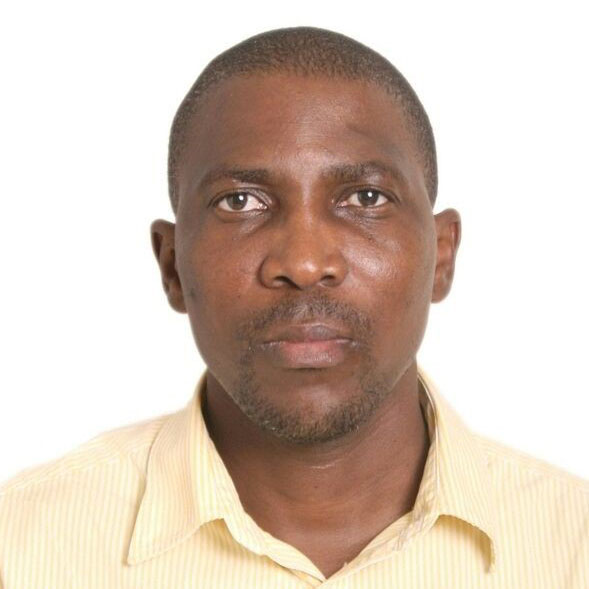 “Thanks to the platforms and our experience with vaccine trials, we have been able to respond quickly to the challenge of COVID-19 on multiple fronts: socially, epidemiologically and in the production of scientific evidence, as we have been involved in the preparation of COVID-19 vaccine trials.”
“Thanks to the platforms and our experience with vaccine trials, we have been able to respond quickly to the challenge of COVID-19 on multiple fronts: socially, epidemiologically and in the production of scientific evidence, as we have been involved in the preparation of COVID-19 vaccine trials.”
Inácio Mandomando, coordinator of the Bacterial, Viral and Other Neglected Tropical Diseases Area at CISM
Infographic 3: Pneumococcal conjugate vaccines PCV10 and PCV13 are largely responsible for the significant reduction in pneumonia incidence in Mozambique.
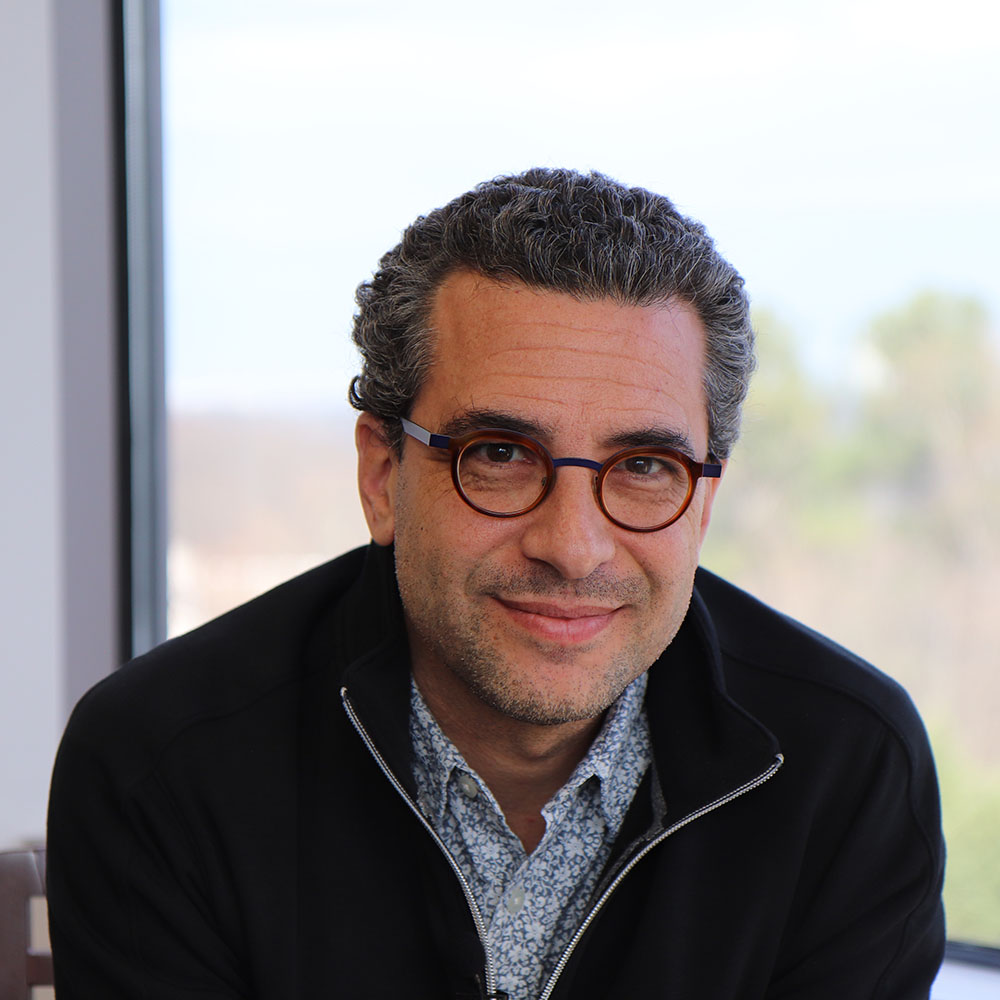 “Beyond the work that led to RTS,S becoming the first implementable malaria vaccine in sub-Saharan Africa, the research conducted at the CISM has saved thousands of lives in the country by providing data to support the introduction of key vaccines such as those against pneumonia, diarrhoea, and cervical cancer.“
“Beyond the work that led to RTS,S becoming the first implementable malaria vaccine in sub-Saharan Africa, the research conducted at the CISM has saved thousands of lives in the country by providing data to support the introduction of key vaccines such as those against pneumonia, diarrhoea, and cervical cancer.“
Quique Bassat, director of the Malaria Programme at ISGlobal and scientific liaison between CISM and ISGlobal
04
Understanding What Women Die From
Infographic 4: CISM has undertaken pioneering studies on the causes of maternal death, one of the black holes in terms of statistics in the African continent.
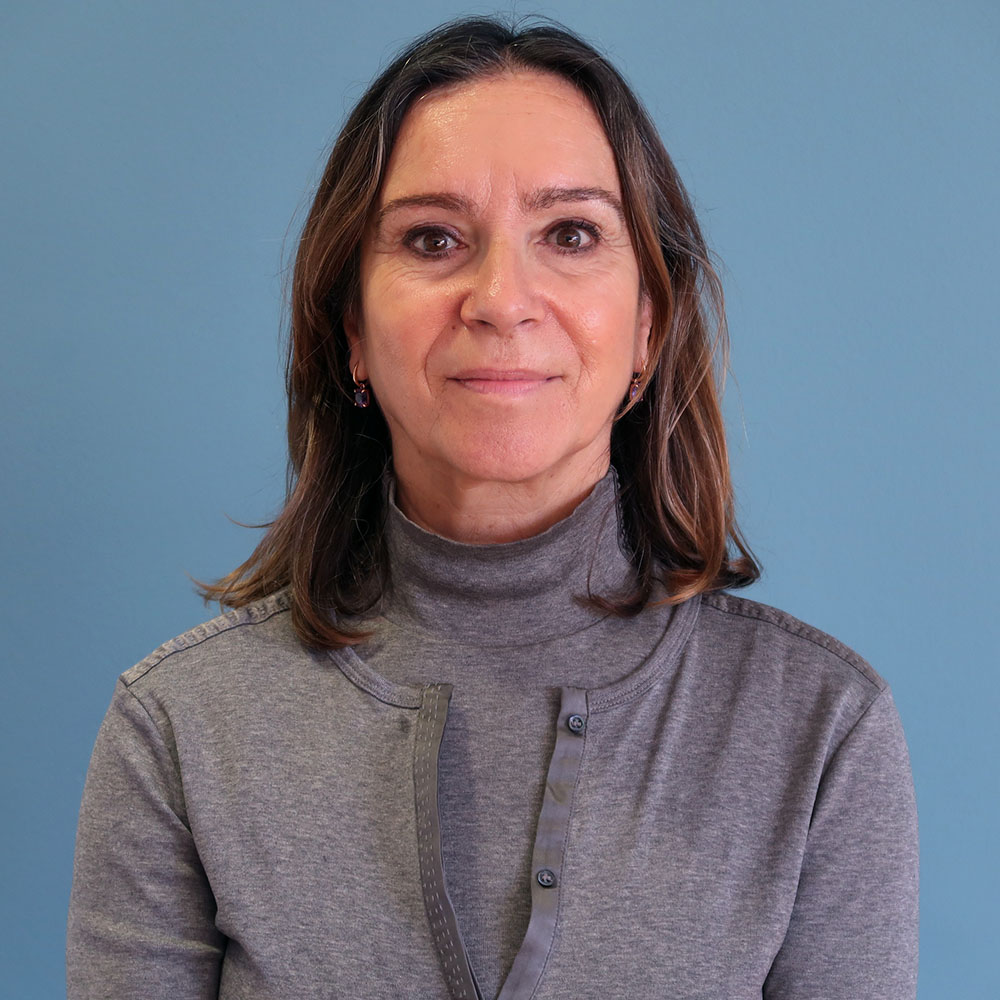 “The vast majority of maternal deaths occur in low-income countries and, most dramatically, they are due to causes that are perfectly preventable with affordable means. The collaboration between CISM, Maputo’s Central Hospital, Hospital Clinic of Barcelona and ISGlobal has contributed to better understand these causes. This should allow us to act on them and put an end to this unacceptable scourge in the 21st century. There are no excuses for not doing it. “
“The vast majority of maternal deaths occur in low-income countries and, most dramatically, they are due to causes that are perfectly preventable with affordable means. The collaboration between CISM, Maputo’s Central Hospital, Hospital Clinic of Barcelona and ISGlobal has contributed to better understand these causes. This should allow us to act on them and put an end to this unacceptable scourge in the 21st century. There are no excuses for not doing it. “
Clara Menéndes, director of the Maternal, Chlild and Reproductive Health Initiative at ISGlobal and CISM cofounder
Obtaining reliable data on the causes of illness and death is one of the greatest difficulties faced by scientific research staff. CISM has undertaken pioneering studies on the causes of maternal death, one of the statistical unresolved subjects on the African continent.
In 2008, researchers at the centre published the results of the first autopsy study in Mozambique to investigate the causes of maternal mortality. This study opened up a new line of research on the diagnosis of causes of death in developing countries, in which CISM, in collaboration with Maputo Central Hospital and ISGlobal, developed and validated the minimally invasive autopsy technique. A study published in 2017 validated this technique for determining causes of maternal death, especially for infectious diseases and other indirect conditions.
This technique has the potential to play a key role in reducing mortality in low-income countries such as Mozambique, as it allows better surveillance of the diseases with the highest mortality burden and thus facilitates better planning and prioritisation of resources.
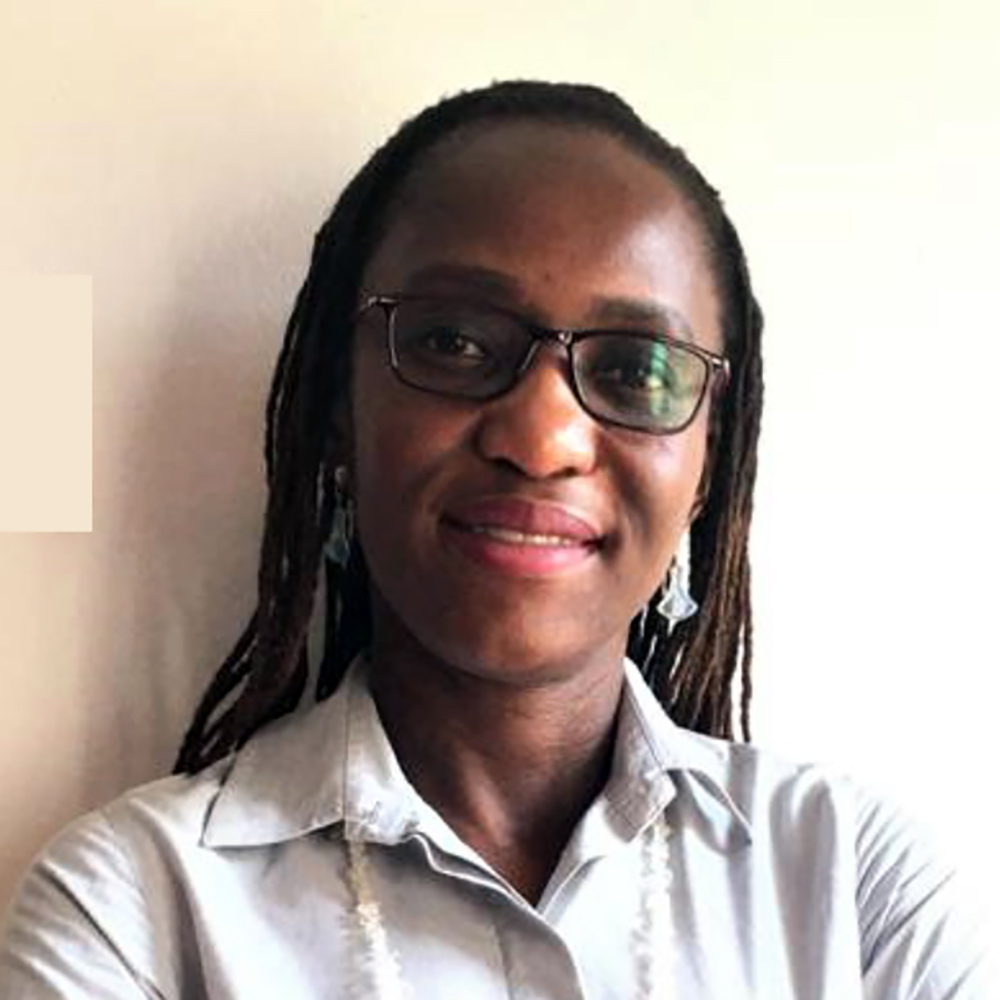 “Talking about death in our society has been a great challenge, but also a learning experience. In rural places like Manhiça, women have been the target of accusations regarding the death of newborns and other adverse social phenomena. This societal attitude towards women is partially influenced by cultural values, in combination with limited knowledge about health and disease from a biomedical point of view.
“Talking about death in our society has been a great challenge, but also a learning experience. In rural places like Manhiça, women have been the target of accusations regarding the death of newborns and other adverse social phenomena. This societal attitude towards women is partially influenced by cultural values, in combination with limited knowledge about health and disease from a biomedical point of view.
It is gratifying to see, through our socio-behavioural studies, that the community is satisfied to know the true causes of death. This helps not only to eliminate stigma within the population, but also to raise the social status of women in the community.”
Khátia Munguambe, anthropologist and researcher at CISM
05
HIV/AIDS: From Death Sentence to Chronic Condition
HIV/AIDS is another major health problem in Mozambique. When the Mozambican Ministry of Health started distributing antiretroviral drugs in Maputo province in 2005, CISM began conducting serious research through its HIV/AIDS programme. It did not do so earlier for ethical reasons: the centre did not want to study and test the population if treatment was not available for those who tested positive.
Through its studies, CISM has contributed to the overall improvement of HIV indicators in the country. One example is the centre’s study of community prevalence, incidence and resistance to treatment—information that is essential for institutions to make informed decisions about, for example, resource allocation and clinical management to prevent resistance. Evidence produced by CISM shows, for example, that the prevalence of HIV infection in Manhiça is upwards of 30%, higher than the national and provincial prevalence rates. In addition, various studies have underscored the need to develop interventions to facilitate access to the cascade of care.
 “We know that early diagnosis and treatment of HIV is critical to controlling the AIDS epidemic in Mozambique, but there are still many challenges, such as access to laboratory testing and retention in care for people living with the virus. Moreover, there is little evidence on the impact of the disease and antiretroviral treatment on the quality of life of HIV-positive people.
“We know that early diagnosis and treatment of HIV is critical to controlling the AIDS epidemic in Mozambique, but there are still many challenges, such as access to laboratory testing and retention in care for people living with the virus. Moreover, there is little evidence on the impact of the disease and antiretroviral treatment on the quality of life of HIV-positive people.
Key points for the future of our research area include understanding the special clinical care needs of people living with HIV, carrying out interventions aimed at reducing the burden of disease, and identifying surveillance tools that are appropriate for low-income countries.”
Tacilta Nhampossa, coordinator of the HIV/AIDS Area at CISM
06
Shedding Light on Tuberculosis in Mozambique
Infographic 6: Data provided by CISM have underscored the important contribution of tuberculosis as cause of death. Mozambique is one of the countries with the highest burden of this disease, including in children.
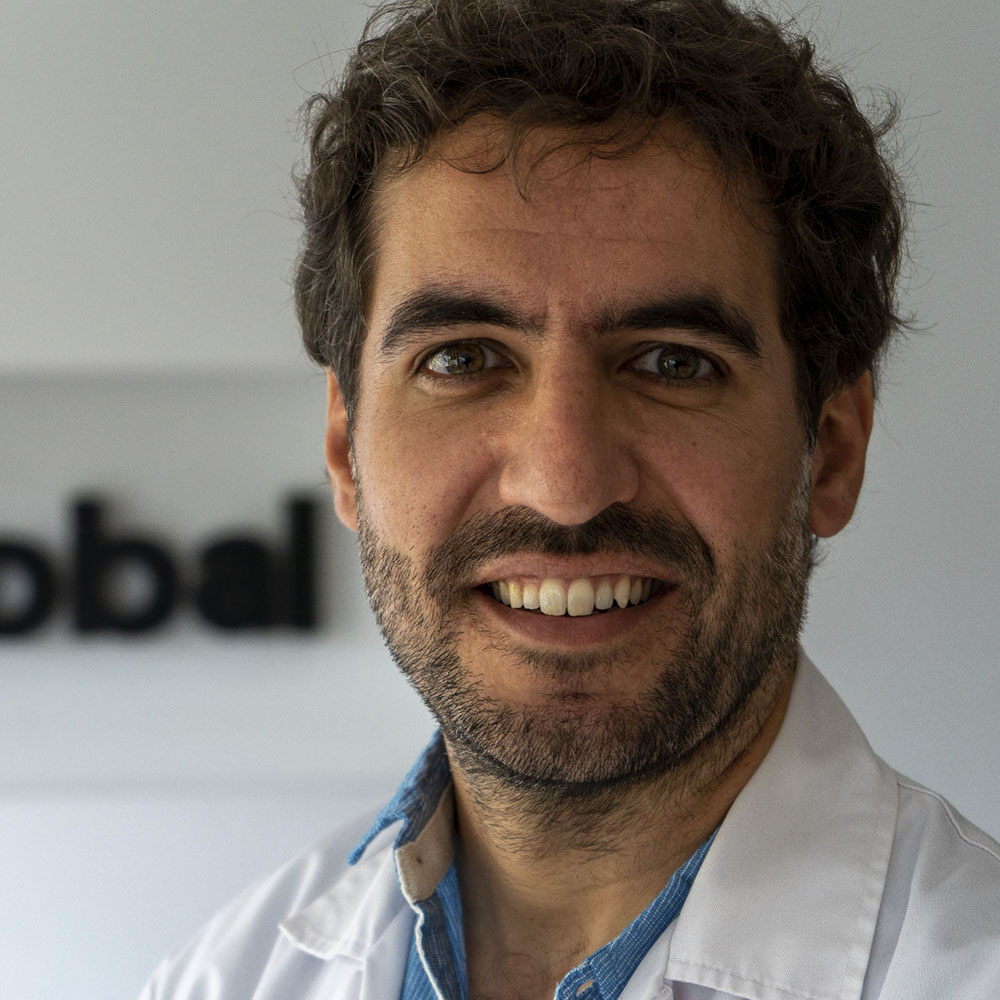 “Tuberculosis remains one of the major health problems in Mozambique, in Africa and in the world. Through epidemiological studies, the CISM has unveiled the huge amount of people suffering from TB but who have not been diagnosed, and who contribute to the high mortality burden of this disease in Mozambique.“
“Tuberculosis remains one of the major health problems in Mozambique, in Africa and in the world. Through epidemiological studies, the CISM has unveiled the huge amount of people suffering from TB but who have not been diagnosed, and who contribute to the high mortality burden of this disease in Mozambique.“
Alberto García-Basteiro, researcher at ISGlobal and coordinator of the TB programme in CISM
Mozambique is one of the countries with the highest rates of tuberculosis incidence. Moreover, around 60% of tuberculosis patients in Mozambique are also HIV-positive. Over the last decade, CISM has prioritised this disease as one of the strategic lines of research on its scientific agenda.
Data provided by CISM have underscored the importance of tuberculosis as a cause of death. Mozambique is one of the countries with the highest burdens of tuberculosis, including in children. CISM researchers were the first to provide data on trends in tuberculosis cases and indicators over a period of 16 years (1997-2012) in the Manhiça district of southern Mozambique, during which time the number of new cases tripled. These data provide a better understanding of the current tuberculosis epidemic in Mozambique, one of the few countries that has failed to reduce the incidence of this disease in recent years.
In addition, CISM also conducted the first study in Mozambique—and one of only a few in Africa—to estimate tuberculosis incidence in children under three years of age. The findings showed a high incidence of tuberculosis at a very early age and underscored the difficulties faced by the health system in diagnosing this disease in young children.
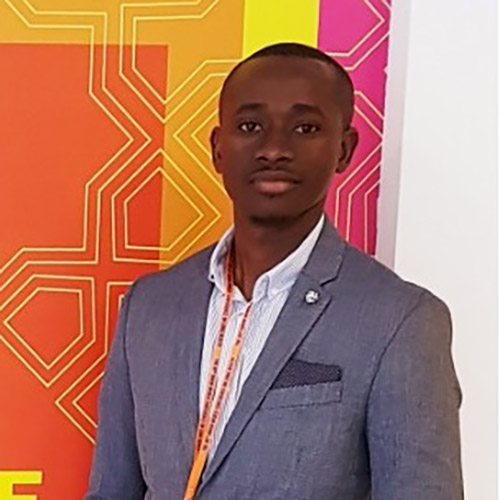 “After contributing, through studies in Manhiça district, to the production of knowledge on the disease burden in Mozambique, our tuberculosis team is now carrying out various clinical trials to find new ways of treating tuberculosis.“
“After contributing, through studies in Manhiça district, to the production of knowledge on the disease burden in Mozambique, our tuberculosis team is now carrying out various clinical trials to find new ways of treating tuberculosis.“
Dinis Nguenha, physician at the Tuberculosis and HIV/AIDS areas at CISM
07
Support for Manhiça District Hospital
Mozambique has hardly any health personnel—0.8 doctors per 10,000 inhabitants, according to WHO data. Manhiça, however, is an exception.
CISM has had a notable impact on Manhiça District Hospital, in terms of both developing its infrastructure and improving the clinical treatment of patients. Where today there is a district hospital with trained health personnel and a growing number of patients, in the early 1990s there was merely a health centre.
The improvement of the clinical management of patients treated at Manhiça District Hospital—especially women and children—is one of CISM’s greatest achievements over the past 25 years.
With support from the Spanish Agency for International Development Cooperation (AECID), the Catalan Agency for Development Cooperation (ACCD), the European Union and the Government of Mozambique through its Ministry of Health and Ministry of Science and Technology, CISM has helped to improve Manhiça District Hospital over the past two and a half decades. Its contributions include the construction of new infrastructure (maternity ward, surgical block, consulting rooms, paediatric unit, clinical trials unit, radiology unit, incineration plant), technical support, the development of clinical guidelines for case management, and the recruitment and training of staff. The centre also provides laboratory support, processing all paediatric samples and handling any tests that cannot be performed at the hospital or health centres, such as diagnostic tests for tuberculosis.
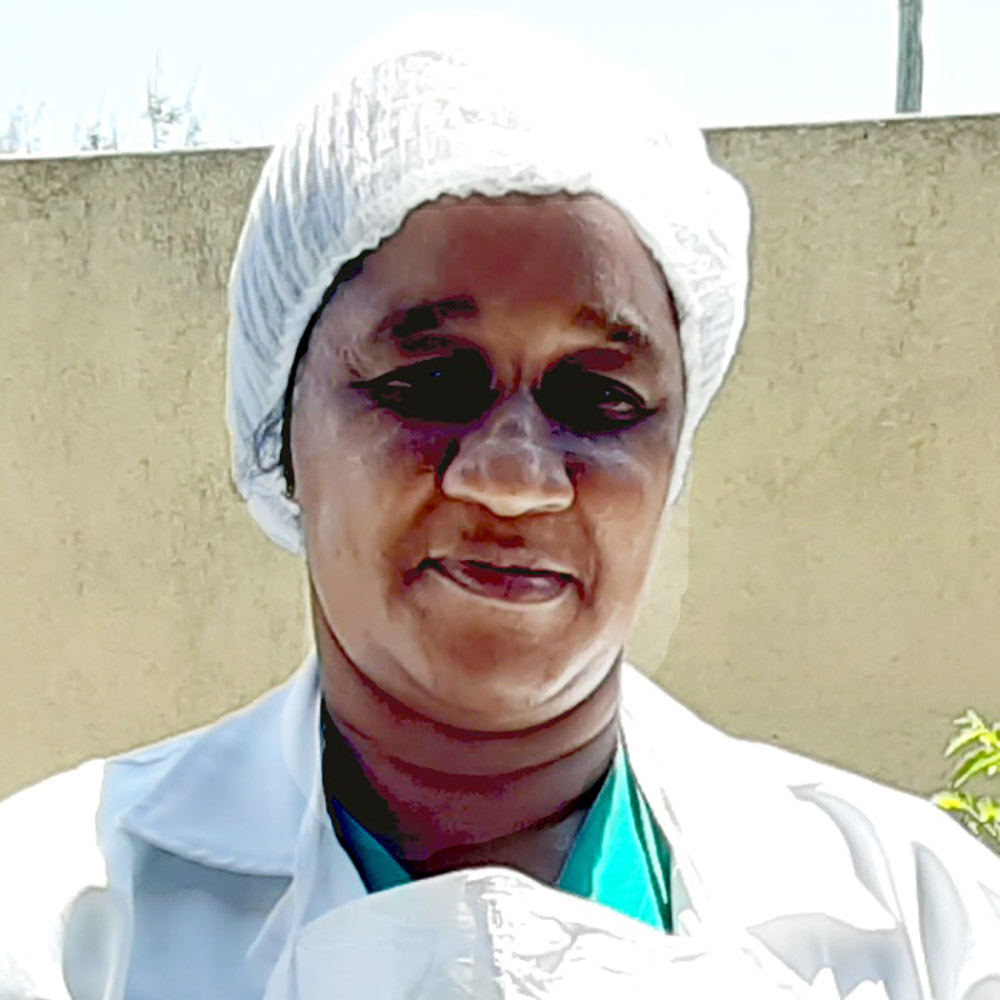 “I have been working as a nurse in Manhiça for more than 15 years. Despite the constraints and challenges posed by the COVID-19 pandemic and the risks that we health professionals are exposed to, I am fortunate to be able to keep practising my profession with passion, caring for those who need it most.
“I have been working as a nurse in Manhiça for more than 15 years. Despite the constraints and challenges posed by the COVID-19 pandemic and the risks that we health professionals are exposed to, I am fortunate to be able to keep practising my profession with passion, caring for those who need it most.
Supporting women of reproductive age and pregnant women, seeing children being born in difficult situations and helping them along—it’s very rewarding and a source of pride.”
Maria Madalena, nurse
08
A Generation of Scientists Trained at CISM
Infographic 8: Training researchers is a priority for the CISM.
 “CISM was a cornerstone of my professional journey. Thanks to the experience I gained and the encouragement and support I received from my mentor and my colleagues over the course of six years, I was able to grow both personally and professionally.
“CISM was a cornerstone of my professional journey. Thanks to the experience I gained and the encouragement and support I received from my mentor and my colleagues over the course of six years, I was able to grow both personally and professionally.
I think CISM is the ideal place to prepare young researchers like me to pursue a career in scientific research and help to promote the health of the most vulnerable populations back home in my country.”
Olga Cambaco, PhD student who worked as a project coordinator at CISM for six years
When the CISM was created, the training of researchers was one of the priorities of the AECID, the Hospital Clínic de Barcelona and the Government of Mozambique. Proof of this effort is embodied by CISM’s current director general, Francisco Saúte, who was the first young person to benefit from the Training Fellows Programme. The initiative continues to this day and benefits today’s younger generations.
Thanks to the Training Fellowship programme, Mozambican graduates interested in pursuing a scientific research career in the biomedical field can gain direct experience through CISM’s projects and also spend some time at the University of Barcelona (UB) during their training. They also have the opportunity to spend time at other universities, research centres or international organisations.
CISM also welcomes students and medical residents from different countries and specialties for rotations. Many researchers from ISGlobal and the UB have benefited from doing their fieldwork in Manhiça.
 “To a large extent, CISM is synonymous with my academic and professional career. I arrived with the first group of young recent medical graduates from Eduardo Mondlane University. CISM gave me the opportunity to train and become a researcher. I earned a master’s degree in malaria epidemiology from the University of Barcelona. Then, thanks to the knowledge and experience I had gained, I was able to contribute to the development of Mozambique and the wider region of sub-Saharan Africa as director of the National Malaria Control Programme, as head of the Communicable Diseases Division at the Mozambican Ministry of Health, and as a USAID advisor for the US President’s Initiative in Angola and Rwanda.
“To a large extent, CISM is synonymous with my academic and professional career. I arrived with the first group of young recent medical graduates from Eduardo Mondlane University. CISM gave me the opportunity to train and become a researcher. I earned a master’s degree in malaria epidemiology from the University of Barcelona. Then, thanks to the knowledge and experience I had gained, I was able to contribute to the development of Mozambique and the wider region of sub-Saharan Africa as director of the National Malaria Control Programme, as head of the Communicable Diseases Division at the Mozambican Ministry of Health, and as a USAID advisor for the US President’s Initiative in Angola and Rwanda.
I am enormously proud to have returned to the institution that saw me grow up, first as scientific director for five years and now as director general. I hope to reaffirm CISM’s position as a training ground for scientific leaders, not only for the sustainability of the centre, but also for the country and the world.“
Francisco Saúte, director general of CISM
09
Multidisciplinary Research Excellence
Achievements in various fields of research over the past 25 years have positioned CISM among Africa’s leading scientific centres. This accomplishment is even more impressive given the reality of Mozambique at the time of CISM’s founding: the few doctors working in the country had to prioritise clinical care, so very little scientific research was conducted.
The profile of the researchers carrying out studies at CISM is wide-ranging and includes important social sciences and health economics components. For example, CISM has conducted numerous studies on the cost-effectiveness of health interventions, as well as on the acceptability of particular interventions to the community—issues that, despite previously being quite marginalised within biomedical research, are essential to influencing health policy.
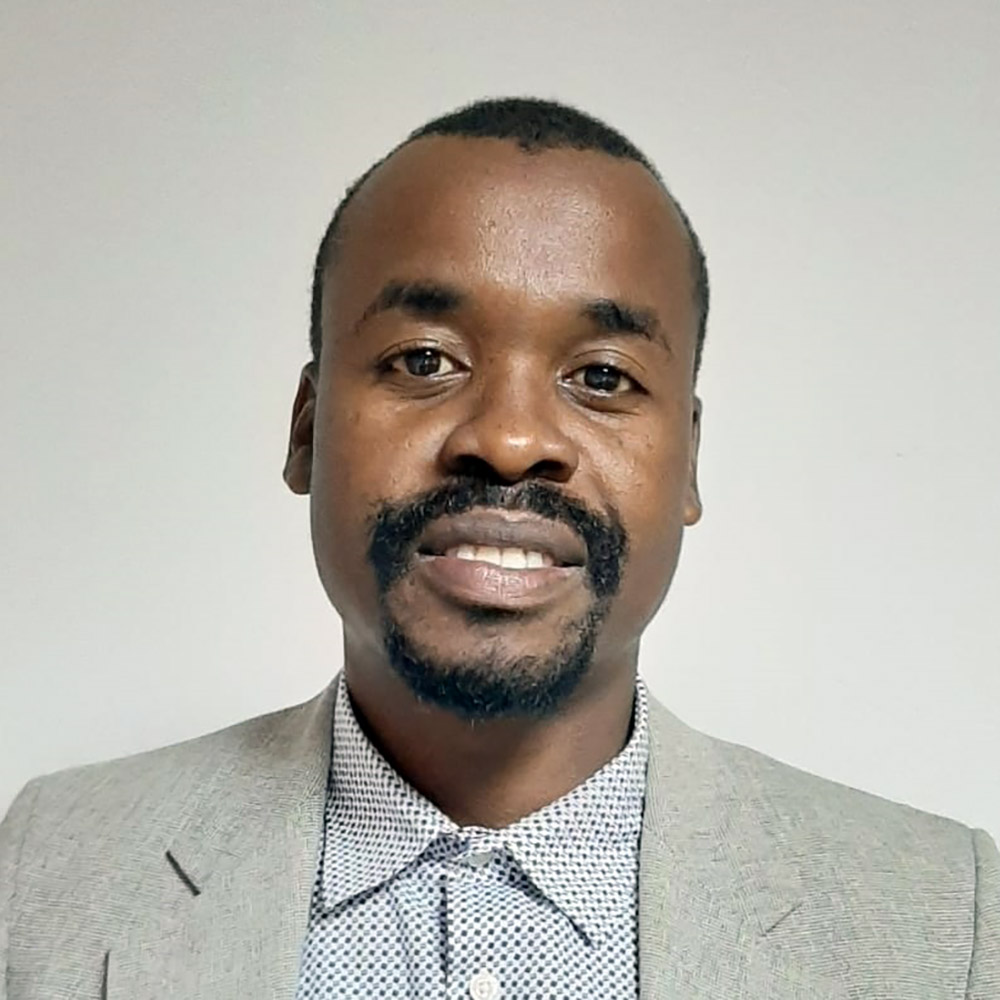 “Over the last 10 years, we have seen exponential growth in the number of publications, from an average of 19 publications per year during the first five years to 57 per year in the second half of the decade.
“Over the last 10 years, we have seen exponential growth in the number of publications, from an average of 19 publications per year during the first five years to 57 per year in the second half of the decade.
This growth is due to the number of projects completed, the number of postgraduate students and, in particular, the alliances that CISM has forged with other centres at the international level, which reflect the great dynamism of our young, multidisciplinary team.”
Vasco Sambo, scientific coordinator at CISM
10
A Global Public Good
Infographic 10: Its achievements over the past 25 years have positioned CISM among Africa’s leading research institutions.
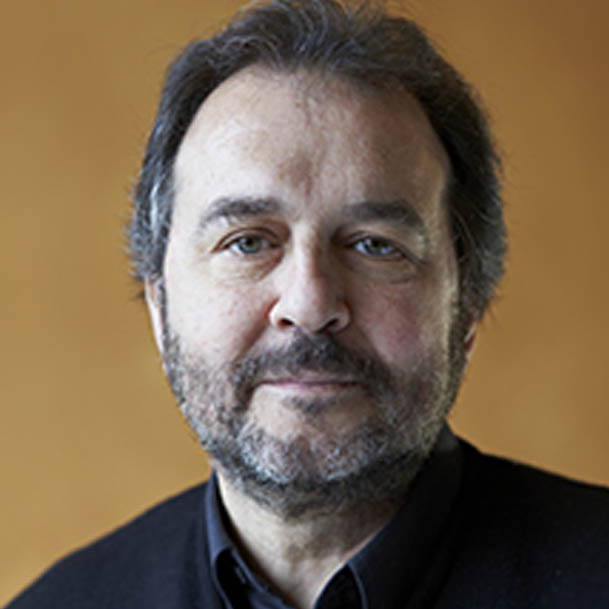 “The history of CISM represents a legacy that involves us all and leaves us with an important responsibility: to sustain and continue to promote a model of cooperation through research and training that has benefited not just Mozambique and Spain, but also global health as a whole.“
“The history of CISM represents a legacy that involves us all and leaves us with an important responsibility: to sustain and continue to promote a model of cooperation through research and training that has benefited not just Mozambique and Spain, but also global health as a whole.“
Antoni Plasència, director general of ISGlobal
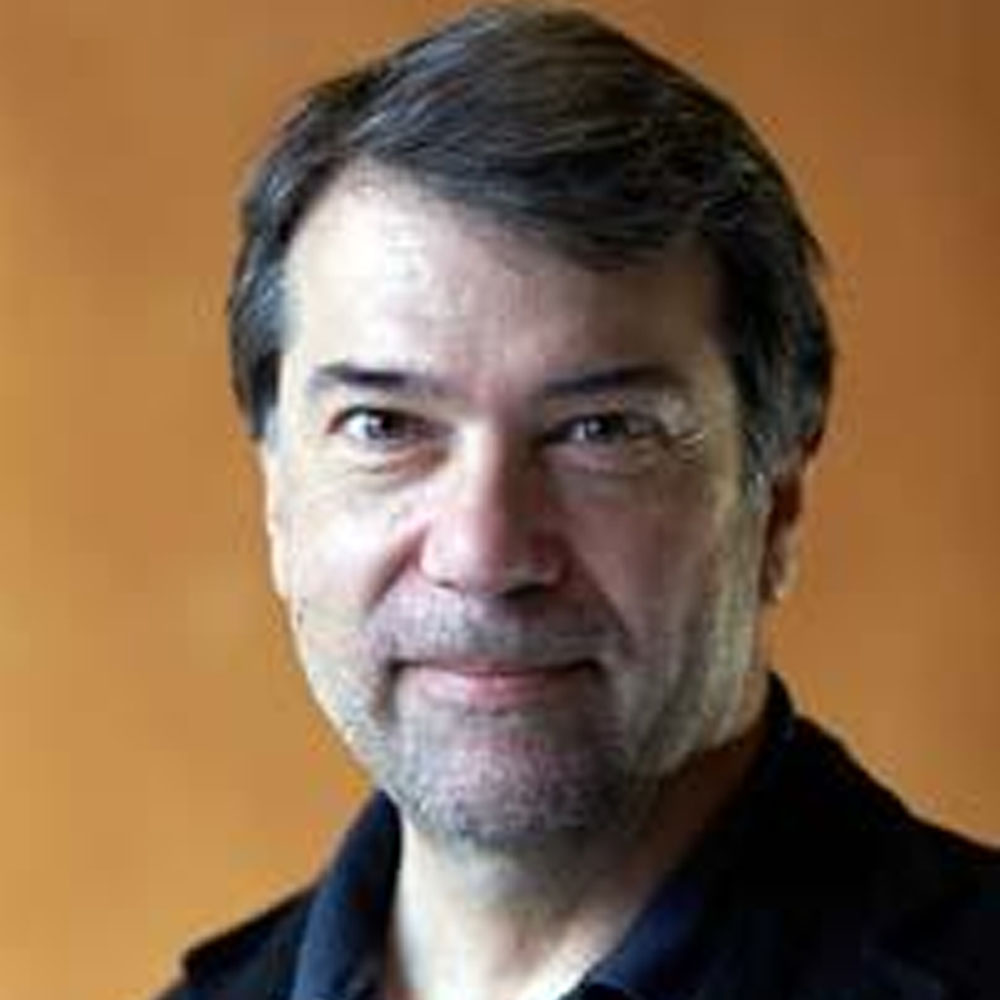 “It is exciting and very gratifying to see that, 25 years later, that dream, or the commitment to a better world –“the Manhiça project ”–, came true. We were able to achieve our objectives by establishing a research and development center in a rural area of the country, focusing on three complementary pillars: generate research-based knowledge of the major health problems of the population; strengthen human capital with the training of technical and research personnel in the country; and offer health care for the communities that host the center.“
“It is exciting and very gratifying to see that, 25 years later, that dream, or the commitment to a better world –“the Manhiça project ”–, came true. We were able to achieve our objectives by establishing a research and development center in a rural area of the country, focusing on three complementary pillars: generate research-based knowledge of the major health problems of the population; strengthen human capital with the training of technical and research personnel in the country; and offer health care for the communities that host the center.“
Pedro Alonso, Director of the WHO Global Malaria Programme and co-founder of CISM
CISM began as a Spanish Cooperation project led by researchers from Barcelona’s Hospital Clínic on the Spanish side and from the National Institute of Health and Maputo’s Eduardo Mondlane University on the Mozambican side.
In addition, over the last 25 years, the CISM has obtained funding from relevant organisations such as the Bill and Melinda Gates Foundation, the EDCTP, the “la Caixa” Foundation, among many others, who have supported the research performed in Manhiça
However, in order to become a transformative force for Mozambique and for Africa as a whole, CISM needed to be integrated into the Mozambican system. The centre put down strong roots in the country in 2008 with the creation of the Manhiça Foundation, which is led and managed by Mozambican researchers.
Achievements over the past 25 years have positioned CISM among Africa’s leading scientific centres. The centre received the Prince of Asturias Award for International Cooperation in 2008 for its training work and scientific output—understood as a tool for development—and won the Bagamoyo Medal in 2014 for its work in training future researchers.
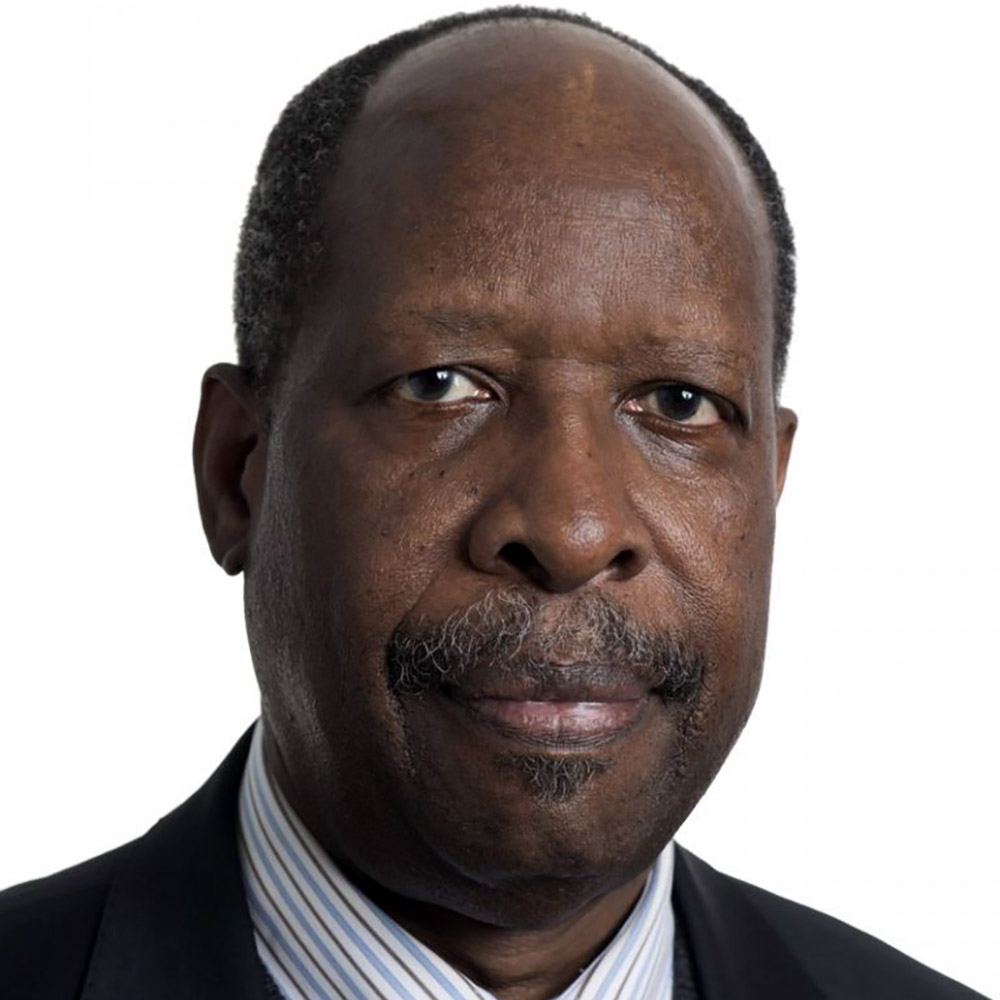 “CISM perfectly embodies the cooperative relationship between Mozambique and Spain. The bonds of friendship, collaboration, respect and sharing among governmental, non-governmental and academic institutions, and among people from both countries, are reflected on the Board of Trustees of the Manhiça Foundation.”
“CISM perfectly embodies the cooperative relationship between Mozambique and Spain. The bonds of friendship, collaboration, respect and sharing among governmental, non-governmental and academic institutions, and among people from both countries, are reflected on the Board of Trustees of the Manhiça Foundation.”
Leonardo Simão, President of the Manhiça Foundation, which manages CISM
Image credits: 1,6. Aleix Cabrera/ISGlobal – 2. Alfons Rodríguez – 3,4,7,8,9,10. Andalu Vilasanjuan – 5. Quique Bassat


